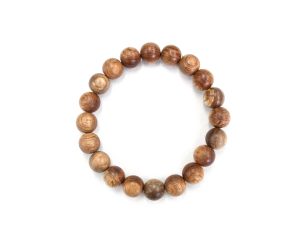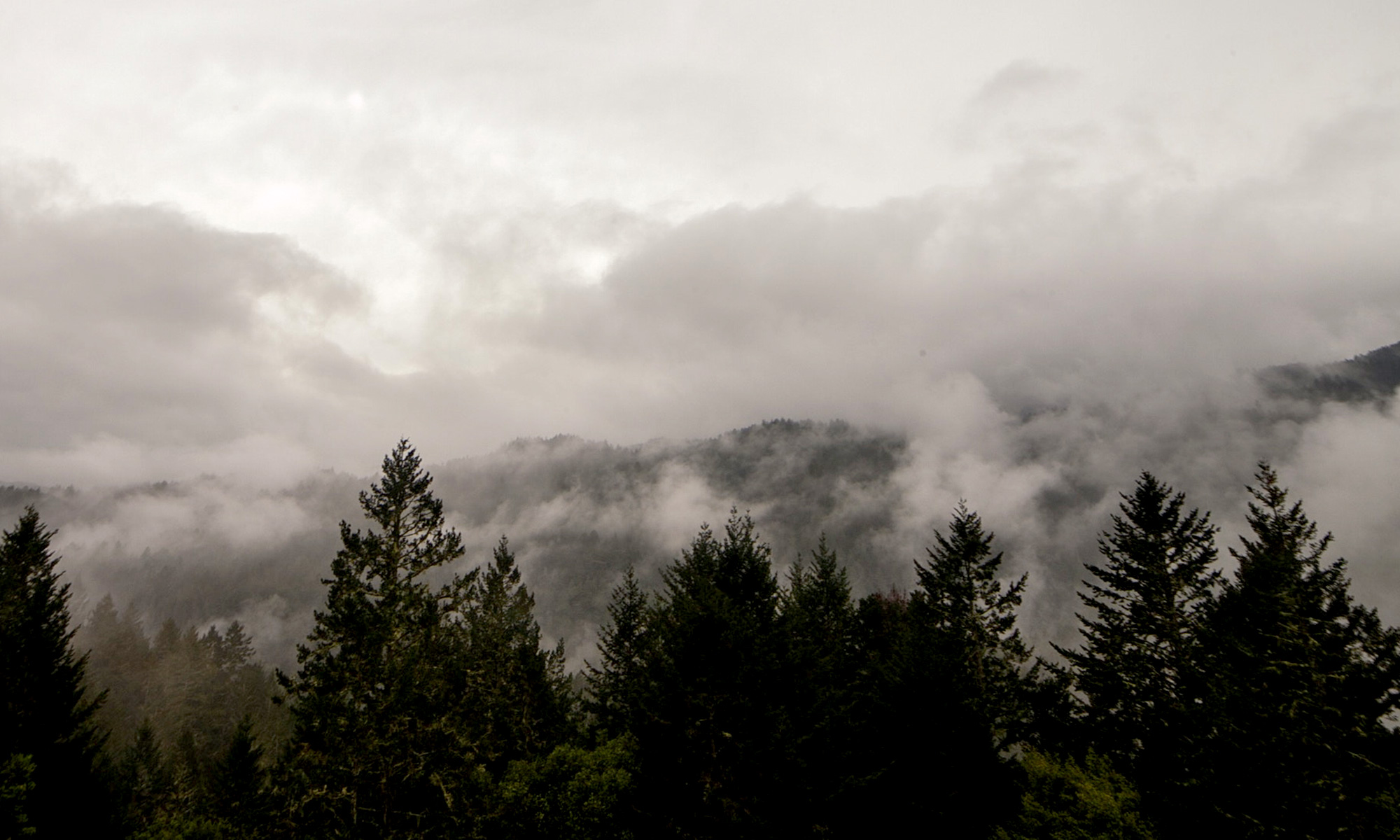
Japanese stone oak (Matebashii)
馬刀葉椎(まてばしい)
産地;千葉県南部
房総半島を代表する木のひとつ。
名前の由来は「葉がマテガイの形」「椎の実より味が落ちるが熟成させると美味しい=待てば美味しい」など諸説あります。
その通り、我々日本人の祖先である縄文人はこの実を砕いて、縄文クッキーを作っていたそうです。ドングリは灰汁があり、そのままでは食べられませんが、馬刀葉椎の実は灰汁抜きを必要とせず、火を通してそのまま食べる事ができます。
公害に強く、潮風にも耐えられるという丈夫な防風林としても活躍しています。
雌雄同株で花は、黄褐色の10cm程度の花に育ちます。
木の力;長寿、繁栄、豊かさ
Japanese stone oak (Matebashii)
Place of Origin: Southern Chiba Prefecture
One of the representative trees of the Bōsō Peninsula.
The origin of its name is debated: some say it comes from its leaves resembling the shape of a razor clam (mategai), while others suggest it refers to the taste of its nuts—less flavorful than those of the chinquapin, but delicious once ripened, hence “worth waiting for.”
Indeed, it is said that the Jōmon people, our ancestors, used to crush these nuts to make what we might call “Jōmon cookies.” Unlike acorns, which contain tannins and require leaching before consumption, the nuts of the Matebashii can be eaten directly once cooked, without the need for any special preparation.
The tree is also highly resilient: it withstands pollution and salty sea winds, making it an excellent and durable windbreak tree. It is monoecious, with flowers that grow to about 10 cm long and are yellowish-brown in color.
Symbolism: Longevity, prosperity, abundance

